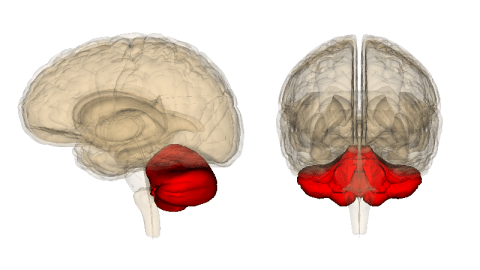First Cyborg Cerebellum

What’s the Latest Development?
Researchers at Tel Aviv University have successfully engineered a robotic cerebellum that functions in the brain of rats. First the scientists sought to understand what kind of signal a rat cerebellum sends when it receives stimuli, then they duplicated that response in the mechanical cerebellum they engineered. “Attaching the synthetic cerebellum to the rat, the scientists tried to condition it to blink at the sound of a tone. To get the rat to blink they first fired a puff of air at the rat when the tone sounded and then just sounded the tone.” When the motorized cerebellum was attached, the rat blinked.
What’s the Big Idea?
The artificial cerebellum represents a higher order of brain-computer interface than what is currently experienced by users of advanced prosthetics that receive and execute orders from the brain. Since the cerebellum is but a part of the brain, the scientists had to engineer the “cerebellum to receive information from one part of the brain and send it back to another.” Scientists need to understand more about how the cerebellum functions before a test is performed on humans but this recent experiment is good news for those with brain injuries.





